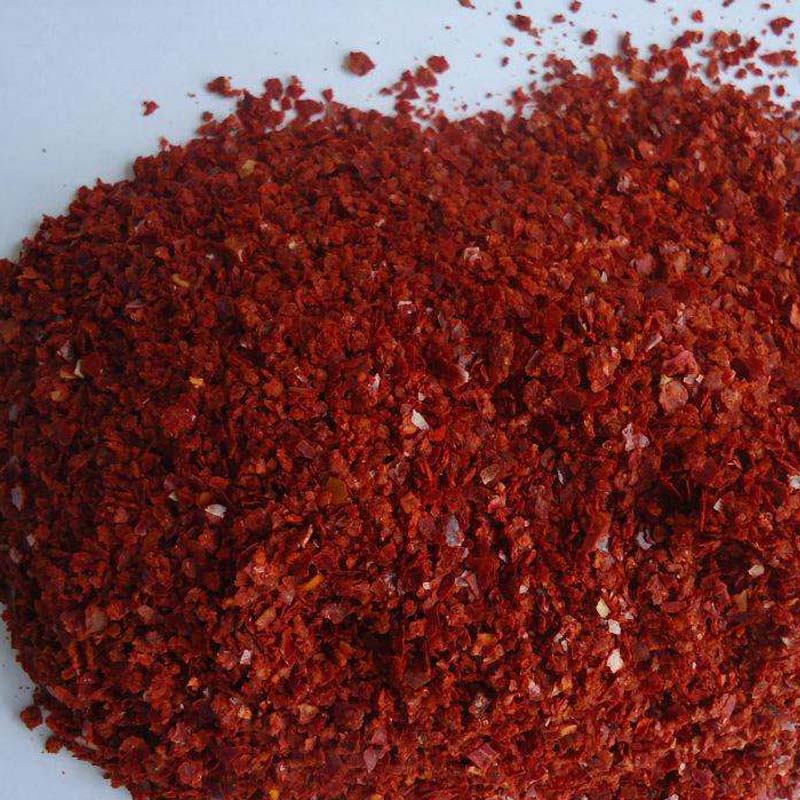- No. 268 Xianghe Street, Economic Development Zone of Xingtai city, Hebei 054001 China
- Byron@hbhongri.cn
capsicum and paprika
Exploring Capsicum and Paprika The Vibrant Flavors of the Pepper Family
Capsicum, commonly known as peppers, is one of the most diverse and vibrant plant genera in the nightshade family. This expansive group encompasses dozens of species, but the most familiar ones are the bell pepper, chili pepper, jalapeño, and cayenne, to name a few. Among these, paprika stands out as a unique spice that not only adds flavor to dishes but also brings a vivid, red hue that enhances visual appeal.
The Capsicum Family A Brief Overview
The capsicum genus originated in the Americas, where indigenous communities cultivated various types for thousands of years. These peppers were central to their cuisine, cultural practices, and even medicinal knowledge. European explorers introduced capsicum to the Old World in the late 15th century, leading to its rapid integration into global culinary traditions.
Today, capsicums are available in various colors, shapes, and heat levels. The most commonly known varieties include sweet peppers, like the bell pepper, which has a mild flavor, and hot peppers such as habaneros and ghost peppers, which can reach extreme levels of spiciness measured on the Scoville scale. This scale quantifies the heat of chili peppers based on the concentration of capsaicin, the chemical compound responsible for their spiciness.
The Journey of Paprika
Paprika, specifically, is made from the dried and ground fruit of certain capsicum varieties, primarily Capsicum annuum. The word paprika itself is derived from the Hungarian language, meaning pepper. Although paprika is often associated with Hungarian cuisine, it has found its way into various global recipes, enhancing dishes with its sweet, smoky, or spicy flavors, depending on the specific type used.
Hungary has established itself as the premier producer of paprika, with its unique cultivation and processing methods. Hungarian paprika is highly cherished, given its distinctively rich flavor profile characterized by sweetness and a moderate level of heat. The country has several classifications of paprika, ranging from sweet and mild to hot and spicy.
Spanish paprika, or “pimentón,” is another notable variety that adds a distinct smoky flavor to dishes. This form of paprika is often made from variety peppers, such as the Cacharero, which are smoked before being ground. It has become a staple in Mediterranean dishes, lending depth to stews, sauces, and even traditional Spanish chorizo.
capsicum and paprika

Nutritional Benefits
Aside from their culinary uses, both capsicum and paprika come with a plethora of health benefits. They are low in calories and rich in vitamins, particularly vitamin C, which is essential for immune function and skin health. Capsicum also contains antioxidants such as carotenoids and flavonoids, which can help combat oxidative stress and inflammation in the body.
Chili peppers, in particular, are known for their metabolism-boosting properties due to capsaicin. It is believed that capsaicin may assist in weight management, promote digestive health, and potentially reduce the risk of certain diseases, including heart disease.
Incorporating Capsicum and Paprika in Your Diet
Integrating capsicum and paprika into your meals can be both delightful and nutritious. Fresh capsicums can be added to salads, stir-fries, and grilled vegetables, offering the crunch and color that brighten any dish. They are versatile enough to work in both raw and cooked forms.
Paprika, on the other hand, serves as an excellent seasoning for countless dishes. It can elevate the flavor of roasted meats, seafood, and vegetables. A sprinkle of paprika can add a flavorful kick to deviled eggs, potato salads, or creamy soups. For those looking to explore the complexities of flavor, combining different types of paprika can create a rich tapestry of taste, enhancing the overall dining experience.
Conclusion
Capsicum and paprika embody the essence of culinary diversity, encapsulating a world of flavors, colors, and health benefits. Their journey from the Americas to kitchens worldwide showcases their adaptability and significance in global cuisine. As you experiment with these vibrant peppers, you discover not only new flavors and textures but also the rich cultural histories that add depth to every meal. So, the next time you enjoy a dish sprinkled with paprika or stuffed with colorful peppers, take a moment to appreciate the journey of these remarkable plants from garden to plate.
-
The Versatile Uses and Benefits of Capsicum Frutescens Oleoresin and ExtractsNewsJun.03,2025
-
Paprika&Chili Products Enhancing Flavor and Wellness in Every BiteNewsJun.03,2025
-
Paprika Extract and Capsicum Applications in Food and IndustryNewsJun.03,2025
-
Exploring the Benefits and Uses of Turmeric Powder and Curcumin ExtractNewsJun.03,2025
-
Discover the Bold Flavor of Premium Chilli Powder from ChinaNewsJun.03,2025
-
Capsicum Oleoresin Extract: A Potent Natural Ingredient in Modern ApplicationsNewsJun.03,2025







